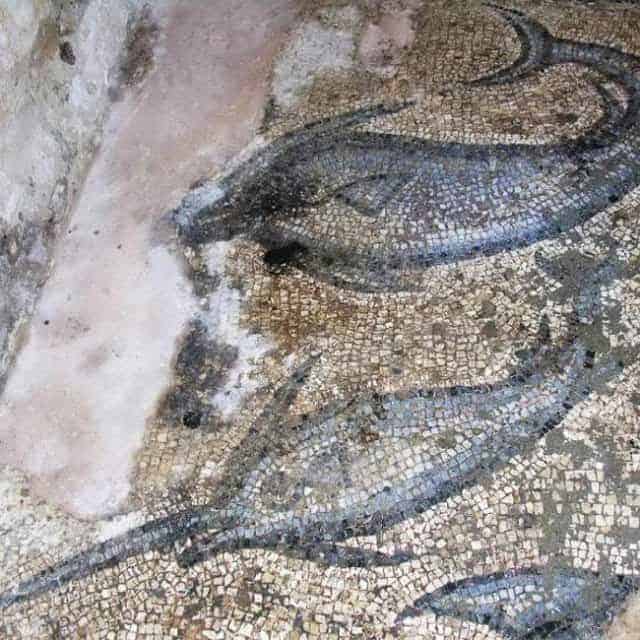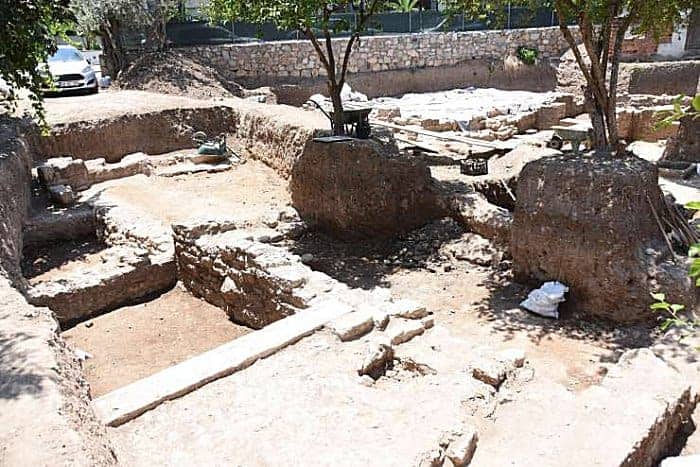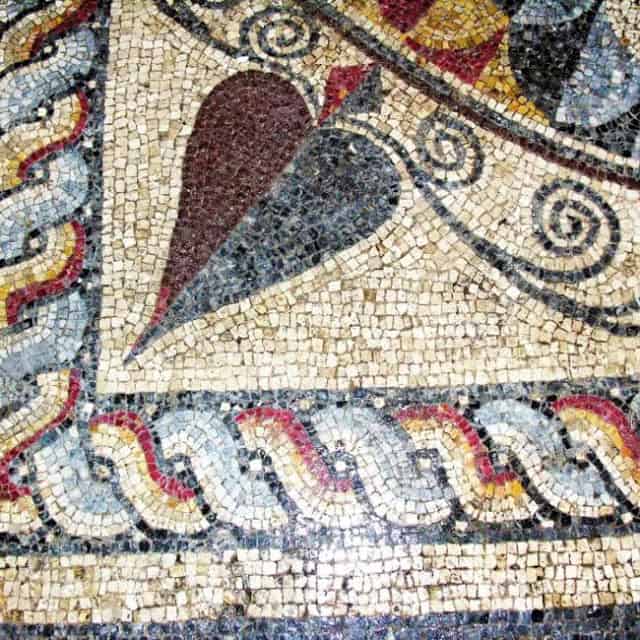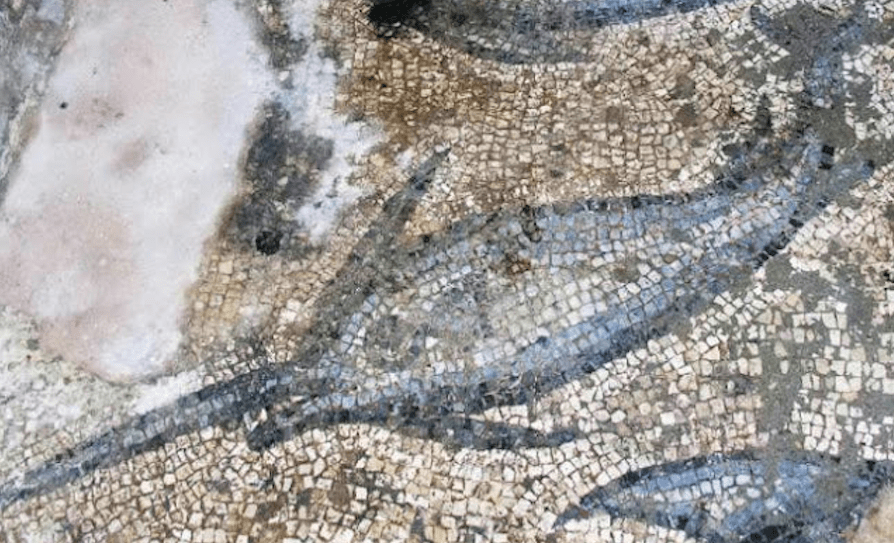
Archaeologists have discovered ruins and mosaics in Turkey, which are confirmed to belong to the villa of fisherman Phainos, the most famous fisherman of his time who lived in the 2nd century AD in the ancient Greek city of Halicarnassus.
The city was famous for the Mausoleum of Halicarnassus, also known simply as the Tomb of Mausolus, whose name provided the origin of the word "mausoleum". The mausoleum, built between 353 BC and 350 BC, ranked as one of the seven wonders of the ancient world.
Phainos was the richest Fisherman of the Roman period.

In addition to the villa's residences, excavations revealed a mosaic covering of 20 square meters on the floor of the villa used by Phainos as a private living area with water wells, marble works that were used in luxury residences, water channels, daily use container fragments, fragrance bottles, materials used in fish hunting and a Roman bath.
The mosaic which depicts a fisherman and huge fishes are the greatest discoveries on the site according to experts. Moreover, 10 tombs and human remains have also been discovered.

On the side of the villa, archaeologists found 10 tombs believed to belong to the relatives of Phainos. The graves had a skull, under the body were found bones and fishing tackle. The found works were taken into protection by the museum.
“Those findings which have been unearthed should be carefully protected. This invaluable world heritage should be shared,” said archaeologist Candan Temizel added.
*Source: Hurriyet Daily

